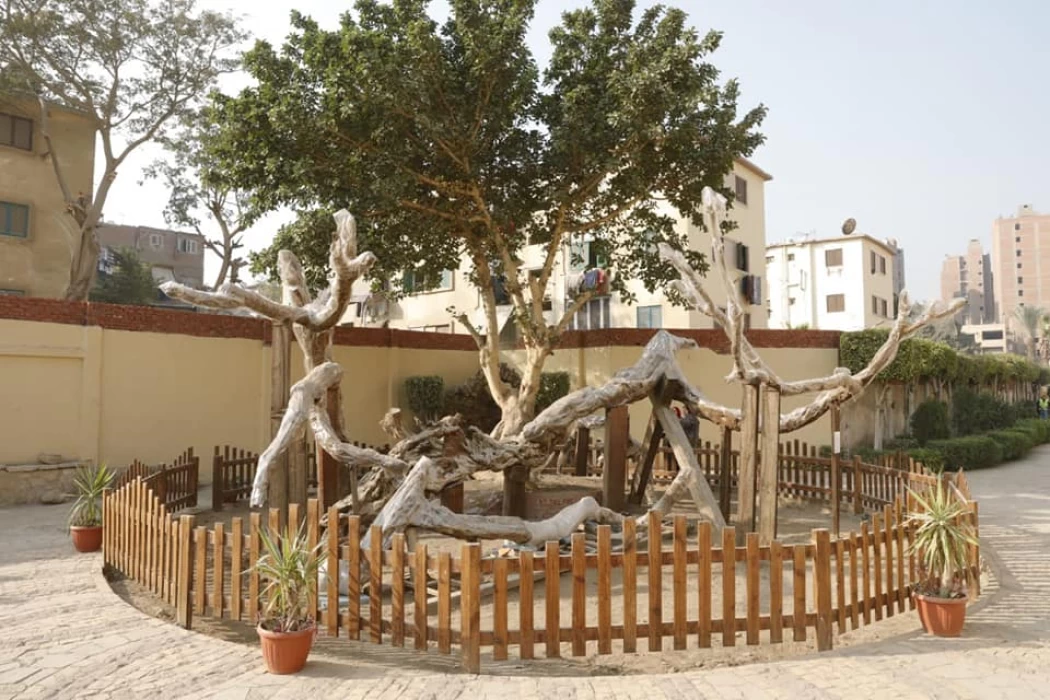
The Tree of Virgin Mary in Matareya
The Tree of Virgin Mary in Matareya
The Virgin Mary's tree is one of the paths of the Holy Family, as it is located in the place where the Holy Family rested and became weak and frail.
It is located in the far north of Cairo, near the obelisk of Senusret, and it can be reached from a street branching from Matrawy Street, which is the street of the Tree of Mary residences, where the tree is surrounded by a large wall and a beautiful garden in the middle of it.
It fell in 1656 AD, so a group of priests took one of the branches of this tree and planted it in the church next to the tree area, called the Church of the Tree of Mary, and the tree grew and branched. Not long ago, a branch was taken from this tree, and it was planted next to the original ancient tree, which is now full of leaves and sycamore fruits.
The Islamic historian Al-Maqrizi, who lived around the middle of the fifteenth century AD, stated that the Holy Family landed near Ain Shams in the Matareya district, and there they rested next to a spring of water, and Mary washed the clothes of Christ in it and poured the water washer in those lands, and God sprouted the elderberry plant, which is not known in any place in the lands except there, and was watered from the water of a well that Copts venerate and repel, wash with its water, and heal with it.
The historian also mentioned that the fragrance of balsam was extracted from the elderberry, and it was considered one of the precious gifts sent to kings. For centuries, the Matariya Garden has been famous as one of the sacred places in the East, and was a prestigious shrine for many tourists and pilgrims from different parts of the world. During the French campaign against Egypt, French soldiers on their way to visit the Virgin Tree, many of them wrote their names on its branches with the points of their swords, and we can see this clearly on the ancient tree.
When the Holy Family found themselves in Egypt, the family felt the pursuit of Herod's men and their proximity to them, they hid under this tree, which bent over them with its branches and hid them completely from the eyes of Herod's messengers until the procession passed and they escaped their evil.
The Egyptian Coptic Church still celebrates this blessed anniversary on the first of June every year, which is the anniversary of Christ's entry into the land of Egypt. It is about 3000 years old.














